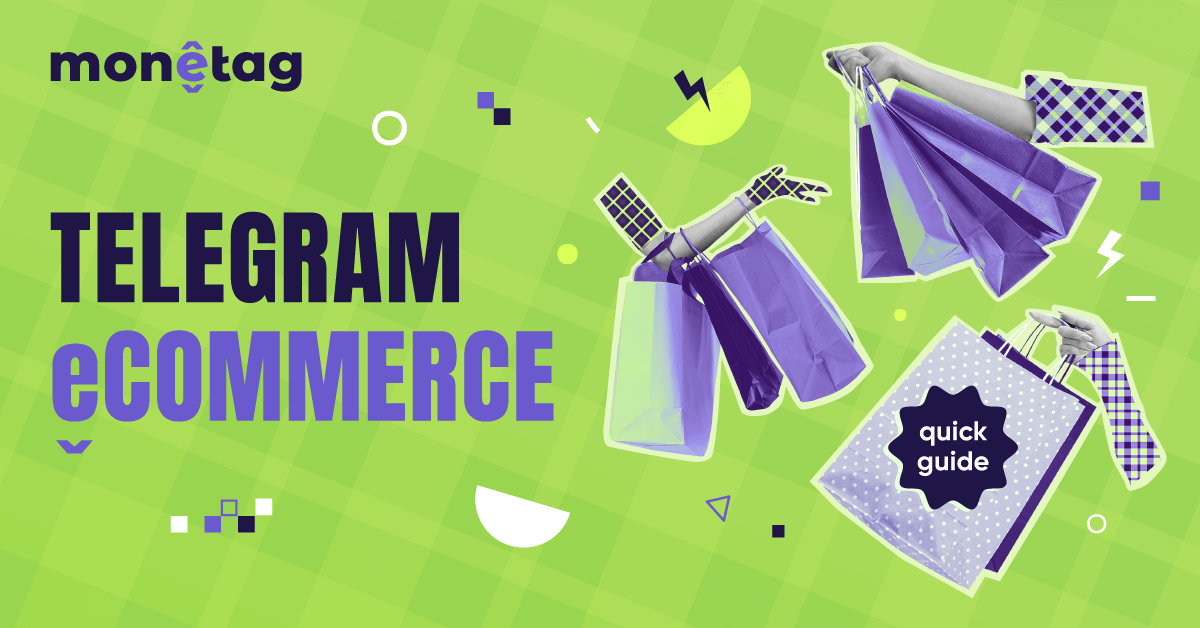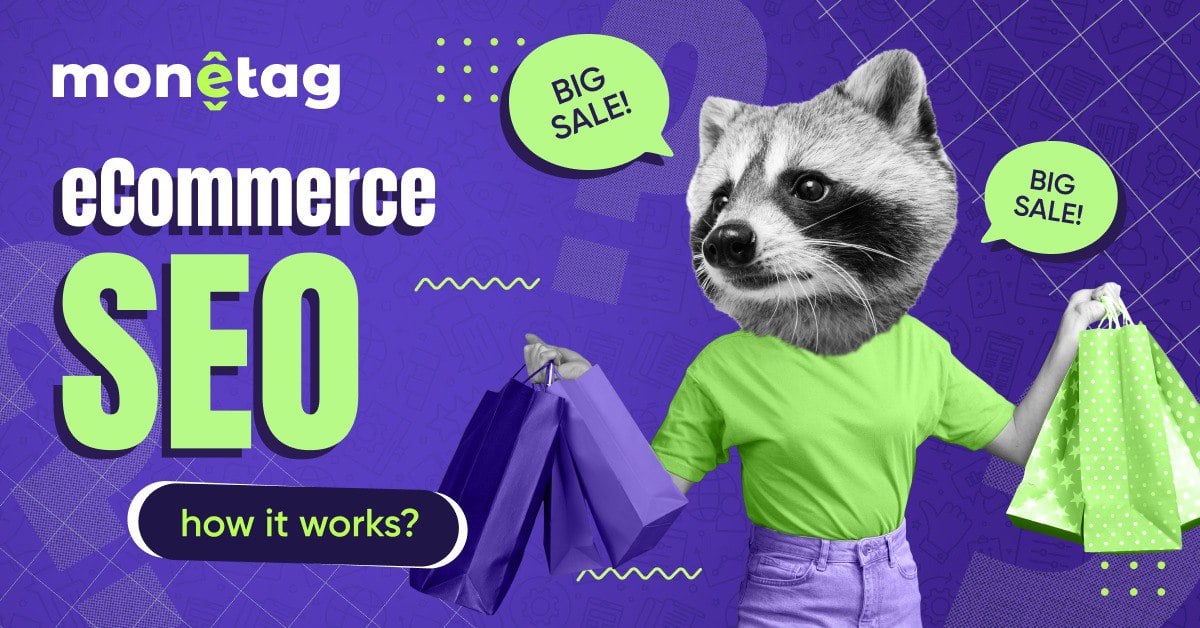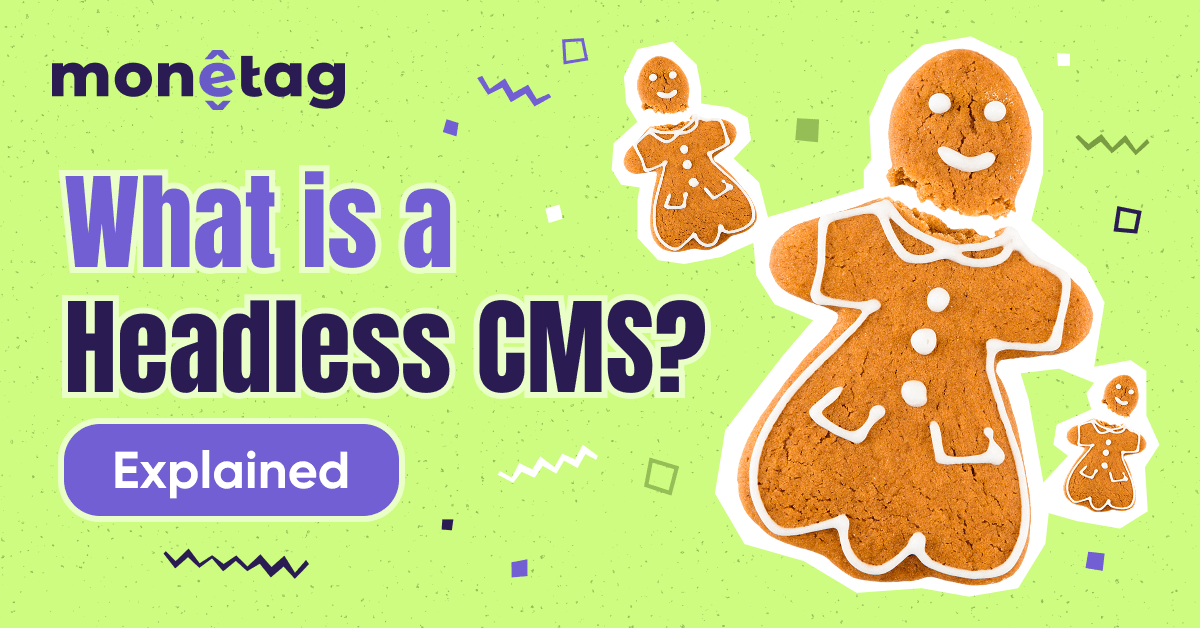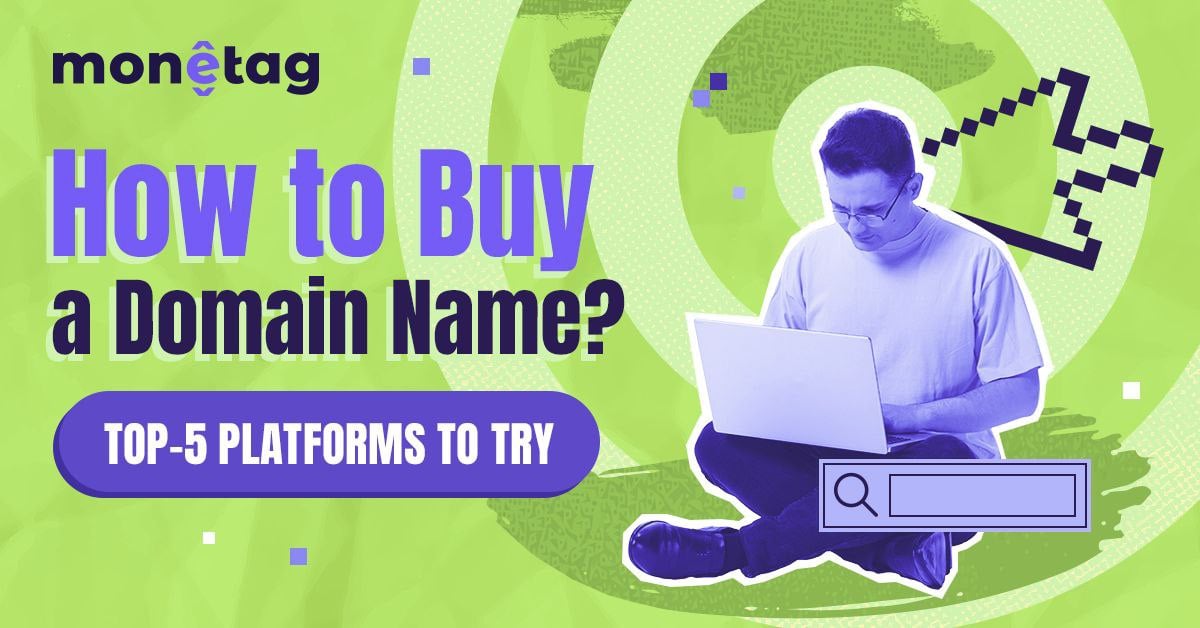Selling Products Through Telegram Mini Apps

So many people still think of Telegram as just a messaging app. And sure, it still does that really well. But lately, it’s been turning into something… different. Quietly, and kind of unexpectedly, Telegram has started becoming a space where people are actually buying and selling things, right inside their chats.
You don’t need a storefront. You don’t even need a website.
Between Mini Apps, eCommerce bots, and built-in payments, it’s now totally possible to run a small shop straight from your Telegram account. No complicated setup, no tech headaches.
So what’s really going on with Telegram eCommerce? Why are so many sellers jumping in, and how does it compare to the usual marketplaces everyone knows? Let’s break it down.
How Selling Works Inside Telegram
Selling on Telegram might sound a bit technical at first, but it’s honestly much simpler than setting up a full eCommerce store. There are a few ways to do it, and you don’t need to be a developer or run a big brand to get started.
Here’s how people are already making it work:
- E-commerce Telegram groups: It doesn’t get much simpler than this. Start a group, post your stuff, chat with customers, and that’s it. You’re basically running a little pop-up store inside a chat room. It feels personal, and that helps people trust you faster.
- Telegram Mini Apps: If you want something a bit more structured, Mini Apps let you set up a store right inside Telegram. People can scroll through your products, add things to their cart, and check out. No switching tabs or logging into another site.
- Telegram e-commerce bots: These are more hands-off. Once they’re set up, bots can handle orders, send payment links, and reply to basic questions. You don’t have to be glued to your phone to keep things moving.
No matter which route you take, the entire flow stays inside Telegram. That’s what makes it different from most other platforms: you’re not sending customers away. Everything happens in one place, and that’s exactly why eCommerce Telegram channels and bots are gaining traction fast.
Why Telegram eCommerce Works (Even If You’re Not a Tech Expert)
One of the best things about selling on Telegram? You don’t need a huge team, a website, or a fancy product catalog. The whole setup is lightweight and accessible, which is exactly why it’s catching on with small brands, solo creators, and side hustlers.
Here’s what makes it work so well:
- No more app-hopping:
Usually, buying something online means switching apps, logging in again, typing out your card number… kind of a hassle. With Telegram, it all happens in the same chat. You’re already there, so why not just buy right then and there?
- Simple to set up:
You don’t need to know how to code or mess with plugins. Whether you’re using a bot, a Mini App, or just running an eCommerce Telegram channel, getting started takes minutes, not days.
- More privacy, more control:
Unlike traditional marketplaces that collect and store customer data, Telegram gives users more control. As the platform leans further into Web3 tools, the buying and selling process gets more private and secure by default.
- No platform fees:
This one’s huge. Most eCommerce sites take a cut from every sale, whether it’s a listing fee or a payment processing charge. Telegram doesn’t do that. More of the money goes to the seller, which is especially helpful for small shops trying to grow.
In a way, Telegram is flattening the playing field. You don’t need a big ad budget or technical know-how. You just need something worth selling and a group of people who care, and the tools are already built in.
And we shouldn’t fail to mention that Telegram users are clearly comfortable spending money in-app. Currently, there are over 10 million Premium subscribers, and the platform continues to grow its digital revenue streams.
What’s Coming Next for Telegram eCommerce
Selling on Telegram already feels ahead of the curve, but what’s coming next might be even bigger.
As the platform leans further into blockchain, crypto, and automation, it’s not hard to imagine Telegram becoming a full-on business hub.
You’ll still be chatting with customers, but you might also be sending invoices, managing digital products, or even issuing refunds without having to leave the app.
Here’s where things are heading:
- DeFi tools baked in: Imagine offering customers the option to pay with crypto. Or better yet, letting them stake tokens or earn discounts through loyalty smart contracts. With DeFi creeping into everyday tools, Telegram could soon support this kind of setup inside your store or Telegram eCommerce bot.
- Selling NFTs, not just products: Some sellers are already using NFTs for things like access or limited drops. If Telegram adds support for that, it could be a fun way to offer extras in your eCommerce Telegram groups. Not just products, but digital perks too.
- In-app crypto swaps and DEXs: Forget sending customers to third-party exchanges. In the future, Telegram might support token swaps and even let users trade through a decentralized exchange, right inside the app.
- Smarter payment flows with AI: Payments could start to feel automatic. Imagine Telegram suggesting a preferred payment method based on the user’s past behavior, or auto-splitting revenue across collaborators using smart contracts.
- Automated tools for business owners: From auto-invoicing to crypto payout tracking, we might see bots evolve into fully automated managers. That means less time doing admin and more time building your brand.
This shift isn’t theoretical. Telegram has already driven over $12 million in sales of Chinese goods alone, showing that eCommerce inside chats is more than just a trend.
Conclusion
It’s kind of wild how far Telegram has come. What used to be just a messaging app is now turning into a space where you can actually run a business. No extra platforms, no complicated setup.
For small sellers, indie brands, and creators, that’s a big deal. You can post in a group, set up a Mini App store, or let a bot handle everything while you sleep. And the best part? You don’t have to fight with clunky tools or pay half your earnings in fees.
Telegram eCommerce might not be mainstream yet, but it’s already working for a lot of people, and it’s only getting better. If you’re thinking about selling online, this might be one of the easiest ways to just start.







